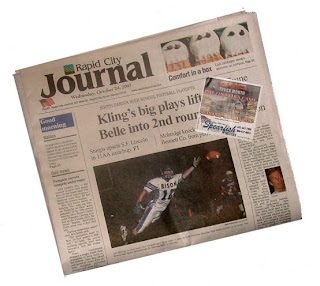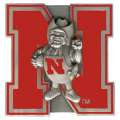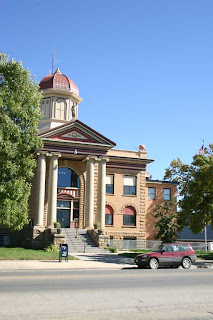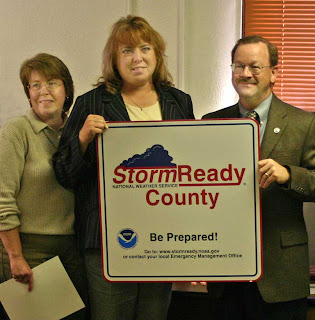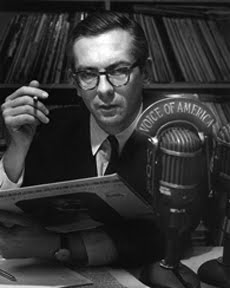 Although I guess it shouldn’t have surprised me, I was taken aback that Chairman Kevin Martin of the Federal Communications Commission has such bad short-term me
Although I guess it shouldn’t have surprised me, I was taken aback that Chairman Kevin Martin of the Federal Communications Commission has such bad short-term me mory. Martin apparently doesn’t remember the thrashing that then Chairman Michael Powell took just three years ago when he tried to update FCC ownership rules for broadcast stations.
mory. Martin apparently doesn’t remember the thrashing that then Chairman Michael Powell took just three years ago when he tried to update FCC ownership rules for broadcast stations.“Update” in this case is a euphemism for tossing out ownership rules that are already skewed against the public interest and offer giant media conglomerates a continuing opportunity to stuff their pockets with profits. This, at the expense of many genuinely local radio and television stations that historically really have operated in the public “interest, convenience, and necessity."
Not surprisingly, the Wall Street Journal has weighed in supporting Martin’s plan. I took issue with their stance by writing this “Letter to the Editor” last week:
The Wall Street Journal’s assertion that media consolidation has “led not to monopolies but to a media landscape that is more diverse than ever” (Oct. 25, 2007) confuses variety with diversity. The growing media empire of Rupert Murdoch may offer a garden variety of pseudo-journalism and info-tainment, but it falls woefully short of truly diverse, local journalism.
Your suggestion that “free-market” consolidation might improve the media landscape ignores the declining, sorry state of local broadcasting in this country – almost as bad as network offerings. Your swipe at public broadcasting, which is often the only vibrant player in local radio and television, is unwarranted. Many of us pine for the days of locally-owned and operated stations that were a part of the fabric of the communities they served, producing content that genuinely strived to meet the needs and interests of the community – not just the corporate bottom line. There are still a few commercial properties that fulfill that role, but increasingly it is public broadcasters who have filled the void of local service.
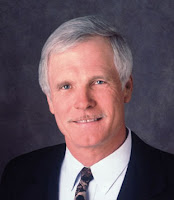
Chairman Martin and the FCC would do well to further expand their efforts in encouraging more local broadcasting and abandon the numbskull notion that media consolidation will save the day.
Back when Michael Powell tried an end run to further "relax" ownership rules, even he might have been surprised to find media mogul Ted Turner opposed to the proposal. To his credit, Turner simply observed that further consolidation might have been good for big media – but it was bad public policy.
-
"When you lose small businesses, you lose big ideas," wrote Turner in the Washinton Monthly in 2004. Admitting that he earlier had tried his own "clean sweep" of vertical media ownership, Turner observed that media companies have grown ever larger and more powerful, and that their dominance has become so detrimental to small, emerging companies, that there's just one alternative -- bust up the big conglomerates.
Let’s hope that efforts to quash the plan – and there are many – are successful. Among those leading the charge against further media consolidation is U.S. Senator Byron Dorgan of North Dakota. Killing this proposal won't bust up the big media barons -- not by a long shot -- but it'll be a step in the right direction.
Let’s hope that efforts to quash the plan – and there are many – are successful. Among those leading the charge against further media consolidation is U.S. Senator Byron Dorgan of North Dakota. Killing this proposal won't bust up the big media barons -- not by a long shot -- but it'll be a step in the right direction.


